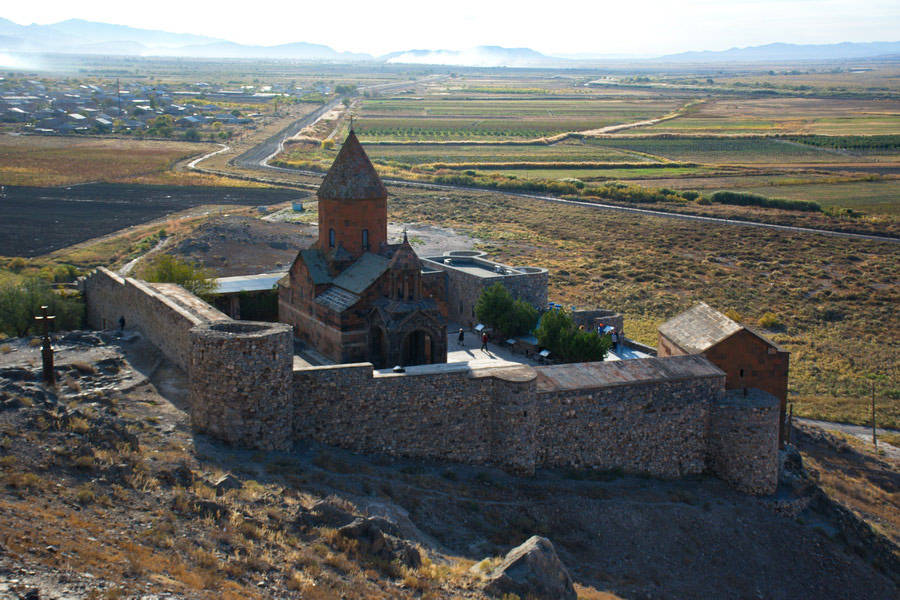valley ranch
Garden Master
- Joined
- Dec 22, 2014
- Messages
- 5,742
- Reaction score
- 5,736
- Points
- 367
Saint Hripsime a Roman lady fled to Vagharshapat, Armenia as the Roman Emperor Diocletian 284-305 demanded her for his wife ~ she was said to be beautiful~ after a time~ she became known to King Tridates III ( Տիրատադէս) had her brought to him~ he also wanted her to marry him~ she refused ~ saying she was married to Christ``` Tridates had her tortured and killed along with Saint Gayane and her companions~ there were 35 ladies``` Nune one of the ladies left and went to Georgia where she is said to convert the population and is credited by many with founding the Gregorian Orthodox Church:

She is a venerated saint in Armenian culture and other nations such as far off Ethopia https://www.facebook.com/2735454960...64124.273545496095068/476418685807747/?type=3
Many Churches are named for her in Armenian and elsewhere as well as here in the US```
She is a venerated saint in Armenian culture and other nations such as far off Ethopia https://www.facebook.com/2735454960...64124.273545496095068/476418685807747/?type=3
Many Churches are named for her in Armenian and elsewhere as well as here in the US```


